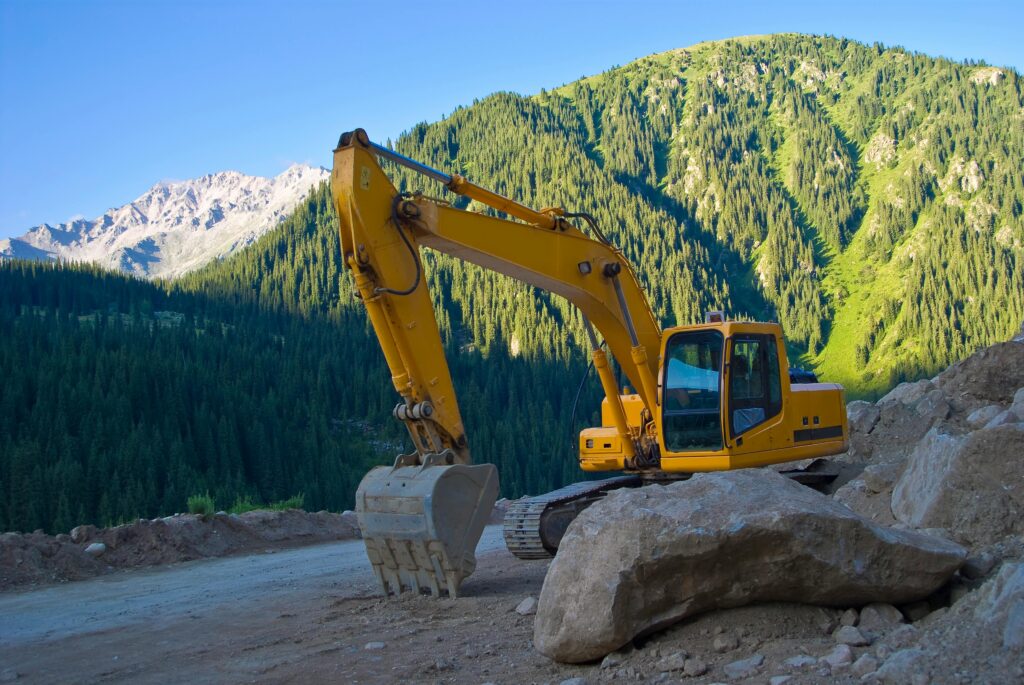Environmental considerations in excavation are crucial for minimizing the ecological impact of construction activities and promoting sustainability. Professional excavation services implement strategies to reduce soil erosion, protect natural habitats, and manage waste materials responsibly. Techniques such as silt fencing, sediment basins, and erosion control blankets are employed to prevent sediment runoff into nearby water bodies, thereby protecting water quality and aquatic ecosystems. Additionally, excavators carefully plan their activities to avoid disturbing protected areas and wildlife, often working in consultation with environmental experts to develop strategies that mitigate harm. Responsible disposal and recycling of excavated materials, such as reusing soil and rock for landscaping or fill, further lessen the environmental footprint. By prioritizing these practices, excavation professionals contribute to the long-term health of the environment while ensuring compliance with environmental regulations and standards.
Techniques for Minimizing Environmental Impact during Excavation
Minimizing environmental impact during excavation requires a combination of careful planning and the use of advanced techniques designed to protect the surrounding ecosystem. One effective technique is the implementation of erosion and sediment control measures, such as silt fences, sediment basins, and erosion control blankets, which prevent soil displacement and runoff into nearby water bodies. Another approach is to use precision excavation methods, like laser-guided equipment and GPS technology, which reduce unnecessary soil disturbance and limit the excavation footprint. Additionally, proper site assessment and planning can identify sensitive areas, such as wetlands or habitats of endangered species, allowing for the creation of buffer zones that protect these regions from excavation activities. Reusing and recycling excavated materials also plays a significant role in minimizing environmental impact, as it reduces the need for new raw materials and limits waste generation. By integrating these techniques, excavation projects can be carried out in an environmentally responsible manner, ensuring sustainable development and the preservation of natural resources.

Photo source | credit: https://www.pexels.com/photo/digger-on-road-near-forest-in-autumn-5868169/
Regulations and Best Practices for Sustainable Excavation
Regulations and best practices for sustainable excavation are designed to ensure that construction activities are conducted in an environmentally responsible manner, safeguarding natural resources and community health. Key regulations often include guidelines for erosion and sediment control, requiring measures such as silt fences, sediment traps, and stabilized construction entrances to prevent soil erosion and water contamination. Best practices involve thorough site assessments to identify and protect sensitive environmental areas, like wetlands and wildlife habitats, ensuring that these zones are preserved and minimally impacted.
Compliance with local, state, and federal environmental laws, such as the Clean Water Act in the United States, is essential for legal and sustainable excavation. These laws mandate specific actions to protect water quality, manage stormwater runoff, and handle hazardous materials properly. Additionally, sustainable excavation practices advocate for the reuse and recycling of excavated materials to reduce waste and the demand for new resources.

Photo source | credit: https://www.pexels.com/photo/excavator-on-dirt-road-in-mountains-10696689/
Case Studies of Eco-Friendly Excavation Projects
Case studies of eco-friendly excavation projects highlight innovative approaches and successful outcomes in minimizing environmental impact while achieving construction goals. One notable example is the development of a new park in an urban area, where the excavation team implemented advanced erosion control measures and utilized laser-guided equipment to precisely manage soil displacement. By creating detailed site assessments and collaborating with environmental experts, they protected existing trees and natural habitats, incorporating them into the park’s design. Another case involved a coastal development project where excavated materials were recycled and repurposed to construct protective dunes and barriers against erosion, enhancing the site’s resilience to climate change. These projects demonstrate how integrating sustainable practices, such as precision excavation, erosion control, and material recycling, can lead to environmentally responsible developments that benefit both the community and the ecosystem.
Photo source | credit: https://www.pexels.com/photo/brown-river-flowing-through-a-green-forested-valley-in-summer-14024470/





